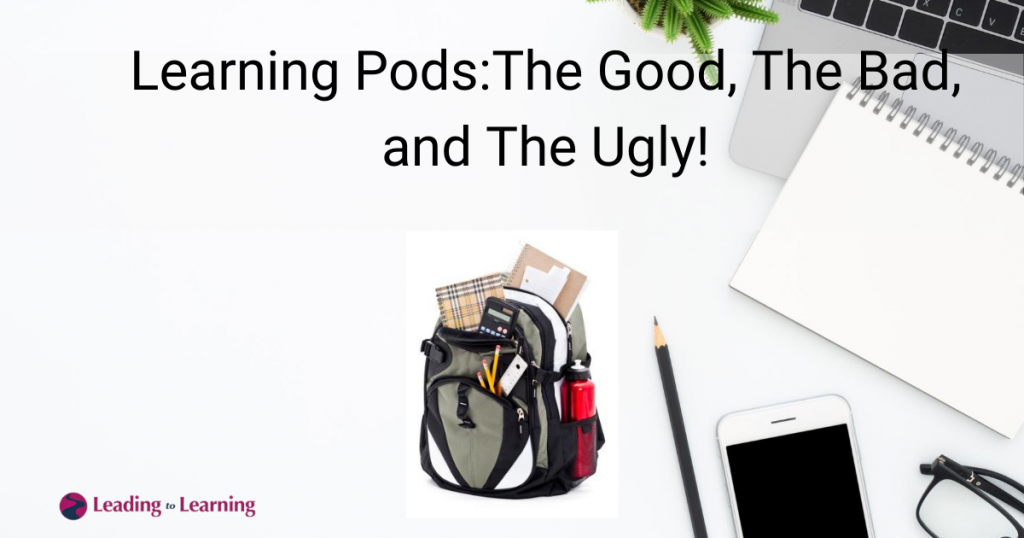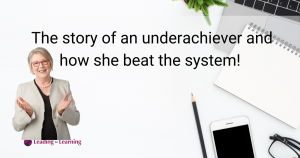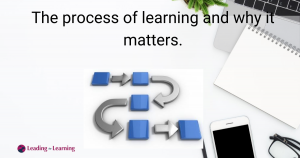Learning Pods happen when a small group of parents get together to employ a teacher for their children. These pods are seen as an answer to the concerns many parents have about children going back to school while Covid-19 is still active. Think one room schoolrooms from the past!
Schools are about to reopen and no one is really sure kids will be safe from Covid-19 or what classrooms will look like when precautions to limit the spread of the virus are put in place.
There doesn’t seem to be hard and fast rules about what actions schools take to keep kids and staff safe probably because school buildings have different configurations. No one is 100% sure that the measures will be effective.
This is concerning for parents and Learning Pods are seen as a way of keeping kids safe – they will only interact with the few others in their pod – while ensuring they get the education they need. The children of the families that are participating in a ‘pod’ have access to a teacher for some or all of each week and can be directed to study at home – depending on their age and ability.
If you think this system is a dream come true – small group teaching, individual attention, personal connection – think again! Although Learning Pods provide all of the above they are not the solution for most parents. I won’t discuss the medical reasons for Pods – obviously fewer faces and larger spaces limit transmission of the virus – but I would like to point out some educational issues.
I have never taught in a one room school – where children of all ages are learning together with one teacher directing their day – but I have taught in a two room school! One classroom had 15 kids who were taught by the head teacher (Principal). The other kids, all 12 of them, were taught by me. It helped that all the kids were about the same age, kindergarten to Grade 2.
This is what I learned.
First – The Good
- Children are getting taught by trained teachers.Parents are paying the salary of the educator so they have some say about the person they employ and can ensure that the person is trained and knows how to teach.
- The teacher can set work that is relevant for each child. With only a few children in the group the teacher will have time to do this – and correct and mark all the work the students do.
- Parents can get immediate feedback on their child’s progress. All they have to do is call the teacher and, because he or she has so few parents to consider, parents will be able to get comprehensive feedback.
- Children have a social group to enjoy. The biggest issue about kids not being in school is the lack of social interaction. Pods allow for interaction even if the group is small.
- The classroom is friendly – often a room in someone’s home. And could be easily made Covid safe.
- The parent doesn’t have to be responsible for what their child is learning – the teacher sets and delivers the curriculum. This takes a big burden off parents who have been trying to support on-line learning
- The child/parent and child /teacher relationships continue. Parents do not have to take on the teacher role. They are free to offer the kind of support that only parents can.
Now – The Bad
- It is expensive. The cost of employing a teacher is shared but it is still significant. That means that the students will only be interacting with one level of social class.
- The teacher may not know the curriculum for every grade in the group. He or she may have to do a lot of work to discover what the students should be learning.
- The social group may not be cohesive and there is no way to avoid conflicts. In a larger classroom kids can be moved when they are not getting on. Less chance of this happening in a small group.
- There could be insurance and liability issues that need addressing. Mmm. No idea what they could be but it needs looking into.
- There could be conflict with how the teacher teaches and how the child learns. Children don’t get access to other teachers whose style may better fit their learning needs.
- Lack of contact with a school. When a parent home schools a child he or she is connected to a local school and has access to resources from that school if required. I am not sure if this is also the case with ‘Pods’.
- There is no checking (as far as I know) on the quality of education the children are getting. In schools there are checks and balances that prevent poor teachers stopping children learn.
And lastly, The Ugly
- Learning Pods Perpetuate differences – both socially and economically. This is not what a democracy should be doing.
- Pods remove kids from the wider social context they need to develop empathy and social understanding. And can lead to elitism
- Teachers may not be able to pick up on learning difficulties. Or have a way of handling them.
- Students with special needs may not be welcome. And the teacher may not know how to help them.
- Learning Pods are a move away from the concept of education for all.
Do we want to go there? Do we want to move towards becoming an individualistic society?
There is a difference between supporting individual children to be their best in a society where all children are valued and treated equally and supporting a select group of kids by offering them extra resources.
I know, I know, it has always been thus. Families who could afford to send kids to private school often did so (although they had no guarantee that the kids were getting a better education!). Well to do families hire tutors and provide computers to increase a child’s learning.
But somehow the idea of Learning Pods goes beyond that. Perhaps they will work for you? Perhaps not? But now you know the good, the bad and the ugly if and when you decide to go that route.







